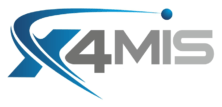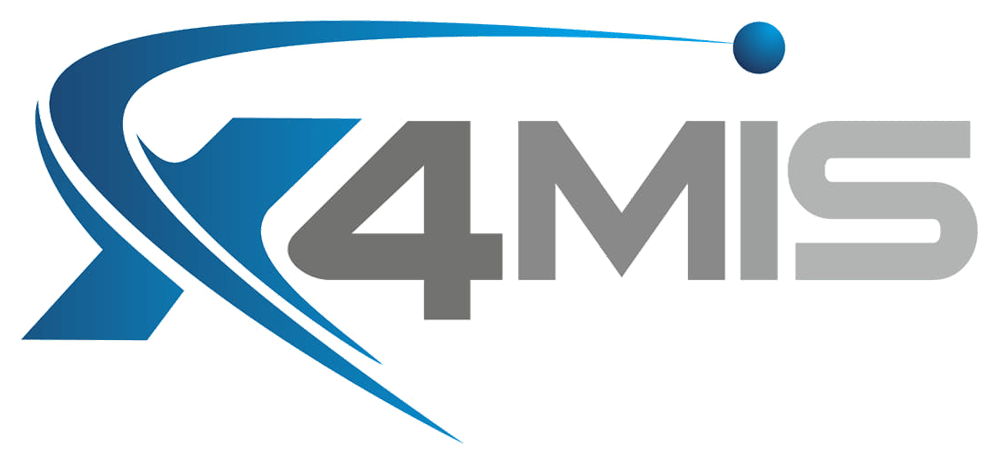Manage the Teams and Meetings
The Importance of Teams and Meetings
Teams and Meetings
Having the right people is one thing. Keeping them all on the same page is another. When working with businesses, meetings are a vital aspect whose importance cannot be understated. Many people see meetings as boring, unnecessary, a waste of time, a telling off or an introduction to a new idea or concept.
In reality, they should be used to reinforce your common goal while opening the room for feedback and criticisms. A good idea is a highly debated idea.
Regular communication may assist staff members at all levels of the organisation to feel informed and involved in the changes when an organisation goes through a significant shift, such as a reorganisation or a change in leadership.
In Change Management, we look at our Core Change Team and work with them throughout the business.
Bringing All Staff Together
New teams within a department or a completely different make-up of an existing team are frequently the results of reorganisations. The team members may or may not know one another, and if you're a new leader, they need to learn more about you and your management style. The new team may come together, set expectations, and develop camaraderie via team meetings.
Make an agenda with topics to help lead the conversation. For example:
- Current events and organisation updates, particularly the fallout from the most recent change. The news is best received by employees from their bosses first.
- Detailed information on the implications of the change for the entire team.
- The team's alignment with shared objectives, particularly in light of corporate changes.
- Congratulations to team members on their accomplishments. Let's all rejoice together!
- The infrequent use of guest speakers from different teams to assist employees in learning more about the entire company.
- Time for questions, discussions, and even some light-heartedness.
Meetings with the team should last 30 to 60 minutes. Making a conference room reservation enables your staff to convene away from their desks and without Interruptions (discourage the use of laptops and cellphones). Take down crucial details and follow up on them if the conversation lasts past the meeting.
Use video conferencing technologies often if the team includes remote individuals to foster involvement. To fix any technological kinks or problems, choose a video conferencing programme that works for your company and get to know it well.
Providing Status Updates and Reinforcement Exercises
Set up a time on your calendar for status reports on initiatives taking place inside your business. For instance, if your business is transitioning to a customer-centric culture, a sales team meeting may provide an update on the newly developed sales procedure. This is also a great chance to receive feedback from the sales team about becoming more customer-centric and encouraging the team to adopt that mentality. Included in status updates should be the following:
- What projects are presently underway.
- The state of each project.
- The initiatives' following steps.
Others will feel more connected if they can offer input during status updates. The people delivering the updates must complete their assigned responsibilities on time.
Reinforcement exercises are one of the most crucial Change Management tasks you can carry out if your plan calls for organisational training.
After a training session, the human brain can only remember between 10% and 30% of the material unless you actively think about the lessons you just learned. It will help participants retain the material and motivate them to utilise and apply their new abilities if you include a brief exercise for reinforcement, such as a quiz, game, or discussion on how to use the latest knowledge in the job.
Who, How Often and Why?
Core Change Team – Fortnightly
- Follow up on the outcomes of your Change Management strategies. Look for methods to boost stakeholder participation.
Wider Change Team - Weekly
- Discuss program-related input from the larger team and team liaisons.
- Determine the resistance and think of ways to lessen it. Find chances to influence others through their actions or personalities.
- Plan possibilities for future involvement in advance.
Team Liaisons - Weekly
- Participate in team meetings and exchange program-related information.
- Meet with the Change Team to exchange ideas and comments.
When to Hold Meetings
At the beginning - Call a meeting to inform the team(s) of the change you are making. Give your staff complete openness, and fully explain the conclusions you reached in response to the questions you developed in step one, outlining the change.
- What issue are you attempting to address?
- How will this change everyone's routine at work?
- When will this adjustment be made?
Give yourself plenty of time to respond to queries.
After a Trial Run - Hold one (or more) meetings to examine each element of the modification following the trial run. This can include:
- What succeeded?
- What needs to be improved?
- What observations, issues, and compliments did the participants have?
Make modifications after hearing the participants' opinions.
After Implementation - Successfully executing a significant change without following it up with ongoing meetings, constant communication that reinforces the change, and extra training is comparable to having a great first date without getting a callback.
Nobody gains.
Hold weekly meetings for employees to voice their opinions, ask questions, and voice concerns within the first several months after a significant workplace change. Hold meetings every month, then every two months after a time (or when everything seems to be going well). Hold further training sessions if the product or system is updated or altered.
During the Meeting
Maintaining frequent follow-up meetings can help your team members better grasp the progress, just as you should before adopting change. Encourage team members to voice their complaints and worries, to listen to them, to consider them, and to come up with solutions.
Have you observed employees going above and beyond to assist co-workers, impart expertise, and help others through a transition? Give those workers corporate merchandise, lunch with the members of the senior management team, praise at your all-hands meeting, or whatever else you think is appropriate as a public incentive. The most important thing is showing your staff sincere thanks, not the incentive.
Compose the Change
Browse by Categories

Free On-Line Change Management Methodology that enables individuals and organisations, especially those previously without access to effective change management programmes, to deliver more effective community and country programmes which improve prosperity and save lives.
QUICKLINKS
TRAINING LINKS
LATEST POSTS




